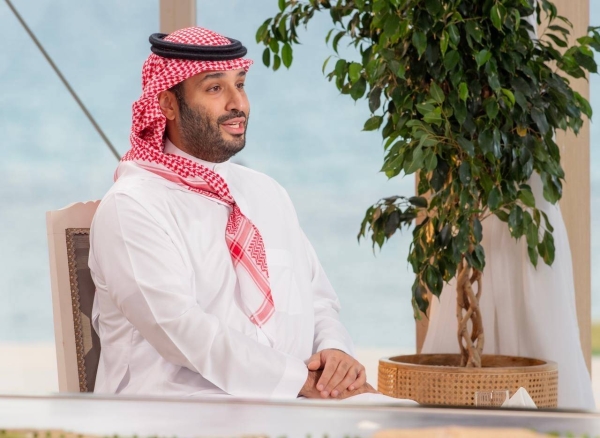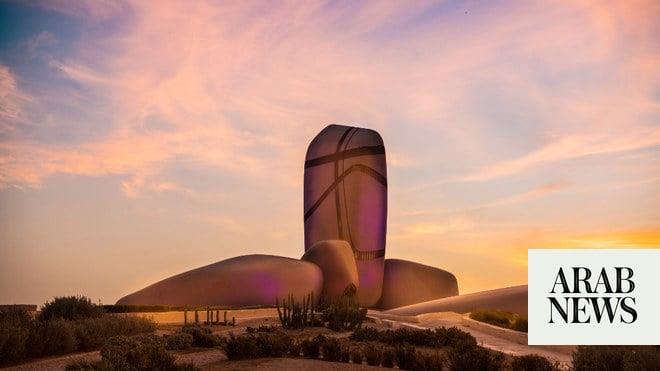
Oil prices and their likely fluctuation have been an issue for Saudi Arabia as it plans its budget each year.
The 2017 budget was the first to be announced following the launch of Saudi Vision 2030 and reforms designed to reduce dependence on oil and offer a buffer against steep shifts in oil prices. The Brent crude price was $27 per barrel in January 2016 and increased to $86 per barrel last October.
Although Brent crude is now below $60 per barrel, the 2019 budget came with a lower deficit and historical spending. It is an expansionary budget that offers sound financial governance and transparency to achieve a financial balance through the development of non-oil income.
The 2017 budget was the first fiscal plan put forward after the launch of Saudi Vision 2030. It began with one of the primary objectives of the economic reform, which is to reduce dependence on oil income in order to prevent government spending from being heavily affected by steep fluctuations in oil prices. Challenges were overcome for that budget since the Brent price average was at its lowest level since 2004.
Despite the challenges, it is clear that measures and financial reforms implemented in the past two years are beginning to bear fruit.
Faisal Mrza
Saudi Arabia’s 2018 budget came with a lower deficit, although it had the largest public spending in the history of the Kingdom. This massive budget was put forward although oil prices were below half the price levels of 2011-2014. This reflected the government’s confidence in the economic reforms and the fight against corruption, coupled with measures to achieve efficiency in expenditure and financial governance.
The goal of the Kingdom’s 2018 budget was fiscal and economic sustainability. This was based on programs to stimulate non-oil sector growth and encourage the private sector to become the engine of the economy. The budget was based on oil incomes of SR 492 billion ($131 billion), and non-oil incomes of SR 291 billion. There was also the application of VAT for the first time and the gradual removal of subsidies on fuel prices.
The Kingdom’s 2019 budget is the largest in the Kingdom’s history, with a total expenditure of about SR 1.1 trillion. Estimated government income will reach about SR 978 billion, an 11 percent increase compared with expected revenue in 2018. The budget deficit is forecast to be SR 128 billion, a decrease of 34 percent from the estimated 2018 budget deficit.
Despite the challenges, it is clear that measures and financial reforms implemented in the past two years are beginning to bear fruit. The nation’s oil and non-oil incomes are being directly and positively affected, and the range of income sources is increasing.
The 2019 budget follows the implementation of projects launched during the last period and huge investments totaling SR 2.56 trillion, led by the Public Investment Fund. The projects will have a direct impact on the Kingdom’s GDP growth, fueling economic growth and creating hundreds of thousands of jobs.
Along with these megaprojects, taxes and price reforms will be sources of non-oil revenue for the treasury to achieve sustainable development, provide jobs and raise per capita income levels. Such projects reflect the aims of the Saudi leadership to create a promising future with diversified national income sources, an improved business environment, and increased investment rates and prosperity.
The 2019 budget solidifies the goal of Saudi Vision 2030 for effective development of fiscal sustainability policies. Just five years ago, in December 2013, total revenue for 2014 was budgeted at SR 855 billion where Brent price average was above $100 per barrel, with 90 percent of total revenue coming from oil. This year, the Ministry of Finance forecast that total revenues for 2019 would reach SR 978 billion, while Brent oil price is hovering at $60 per barrel. That puts estimates of non-oil revenues at about 30 percent of total revenue for 2019 — a clear step toward Saudi Vision 2030 objectives.
Sharp fluctuations in oil prices affected government spending and budgets before the Kingdom’s Vision 2030 announcement. While oil prices will remain influential in coming years, non-oil revenues will grow and introduce stability into the Saudi economy.
• Faisal Mrza is an energy and oil marketing consultant. He was formerly with OPEC and Saudi Aramco. He is president of #Faisal_Mrza Consulting.
Twitter: @faisalmrza
Disclaimer: Views expressed by writers in this section are their own and do not necessarily reflect Arab News" point-of-view












